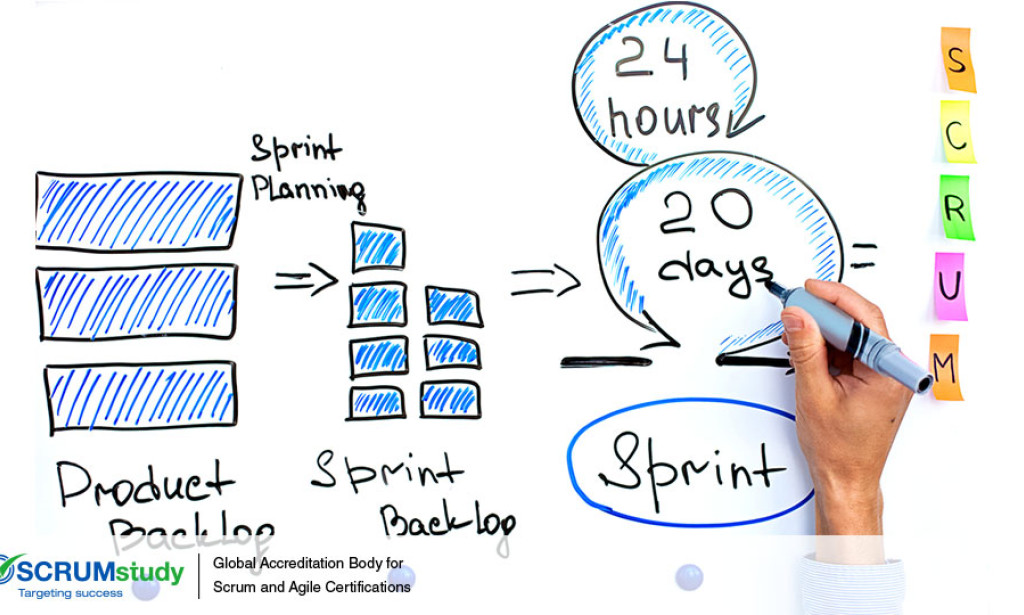Introduction
The Scrum Sprint Retrospective, a crucial event in agile development, offers teams a chance to reflect, learn, and improve. Yet, many retrospectives often fall short of their potential. To truly supercharge team engagement and maximize the benefits of this essential meeting, consider these five steps:
1. Set the Stage for Success
Create a welcoming atmosphere: Start by establishing a comfortable and inviting environment. This can involve playing soft music, providing snacks and drinks, or arranging the seating in a circle to promote equality and inclusivity.
Set clear expectations: Clearly communicate the goals of the retrospective. Let the team know what you hope to achieve and why these discussions are important. This will help them understand the value of their contributions.
Establish ground rules: Agree upon a set of ground rules to ensure respectful and productive conversations. This might include rules like "everyone is entitled to their opinion," "speak one at a time," and "listen actively."
2. Gather Insights Through Engaging Activities
Start with a warm-up: Begin the retrospective with a fun and engaging activity to loosen up the team and get everyone thinking creatively. This could involve a simple game, a thought-provoking question, or a short writing exercise.
Use visual aids: Incorporate visual aids like sticky notes, whiteboards, or mind maps to help the team organize their thoughts and ideas. This can make the discussion more engaging and memorable.
Try different formats: Experiment with various retrospective formats to keep things fresh and interesting. Consider using techniques like the "Start, Stop, Continue" method, the "Plus, Delta, Wish" method, or the "Fishbone diagram."
3. Encourage Open and Honest Communication
Create a safe space: Reiterate the importance of creating a safe and supportive environment where team members feel comfortable sharing their thoughts and feelings.
Use anonymous feedback: If you're concerned about team members feeling hesitant to speak up, consider using anonymous feedback methods like online surveys or suggestion boxes.
Ask open-ended questions: Encourage deep and meaningful discussions by asking open-ended questions that invite reflection and exploration. Avoid yes/no questions or leading questions that can stifle conversation.
4. Focus on Actionable Improvements
Identify key themes: As the retrospective progresses, look for recurring themes or patterns in the team's feedback. These themes can help you identify areas for improvement.
Prioritize actions: Once you've identified key areas for improvement, work with the team to prioritize the most pressing issues. This will help you focus your efforts and avoid feeling overwhelmed.
Create a clear action plan: Develop a concrete action plan that outlines specific steps, responsibilities, and deadlines for implementing the agreed-upon improvements.
5. Celebrate Progress and Reflect on Learning
Recognize achievements: Take a moment to acknowledge the team's successes and celebrate their accomplishments. This will help boost morale and create a positive atmosphere.
Reflect on learning: Encourage the team to reflect on what they've learned during the retrospective and how they can apply these lessons to future projects.
Plan for future retrospectives: Discuss ways to improve the retrospective process for future meetings. This could involve trying new activities, experimenting with different formats, or adjusting the timing of the meeting.
Conclusion
By following these five steps, you can create a more engaging, productive, and valuable Scrum Sprint Retrospective. Remember, the goal of this meeting is to help the team learn, grow, and improve. By fostering open communication, encouraging creativity, and focusing on actionable improvements, you can ensure that your retrospectives truly make a difference.



You must be logged in to post a comment.